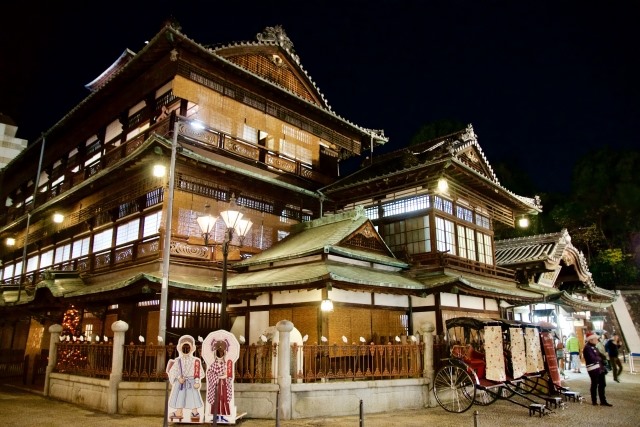Introducing Instagram-Worthy Photos of Ehime Prefecture
Ehime Prefecture is home to some of Japan’s most iconic spots, such as the renowned Dogo Onsen, the famous Matsuyama Castle, one of the 12 surviving castles, and the ruins of Beppu Copper Mine, often referred to as the “Machu Picchu of the East.” These locations have recently gained attention as photogenic spots.
Matsuyama Castle
Matsuyama Castle, built by Kato Yoshiaki, who played an active role in the Battle of Sekigahara, began construction in 1602 and was completed about 25 years later. This castle is located at the summit of Mount Katsuyama, which stands 132 meters above sea level in the center of Matsuyama City. The castle houses 21 important cultural properties, and from the summit, you can get a panoramic view of Matsuyama City and the Seto Inland Sea. There are four routes to the castle, including a ropeway and lift, and various events are held, offering new discoveries each visit.
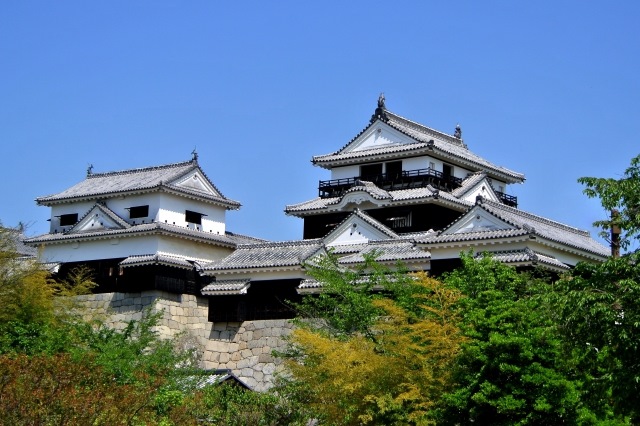
Instagram Worthiness:★★★★★
Photography Opportunity: All seasons
Location Information: ▶Map, Hours, Routes
Transportation Information: 3-minute walk from Kencho-mae Station
Dogo Onsen
Dogo Onsen is one of the oldest hot springs in Japan, alongside Arima Onsen and Shirahama Onsen, with a history dating back to the Jomon period. It is known for being visited by many notable figures, including Prince Shotoku and Masaoka Shiki. The Dogo Onsen Honkan, featured in Natsume Soseki’s “Botchan,” is a significant building that conveys the atmosphere of the Meiji era. This three-story wooden structure, rebuilt in 1894, features a drum tower that sounds three times a day.
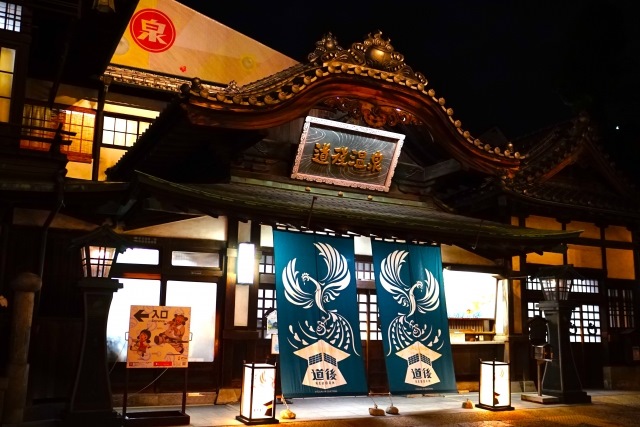
Instagram Worthiness:★★★★★
Photography Opportunity: All seasons
Location Information: ▶Map, Hours, Routes
Transportation Information: 34 minutes by bus from Matsuyama Station
Imabari Castle
Imabari City, the gateway to Shikoku on the “Shimanami Kaido,” is nationally known for its towel production and the “Towel Museum,” where art and towels merge. The historic Imabari Castle features a unique landscape where seawater flows into the moat.
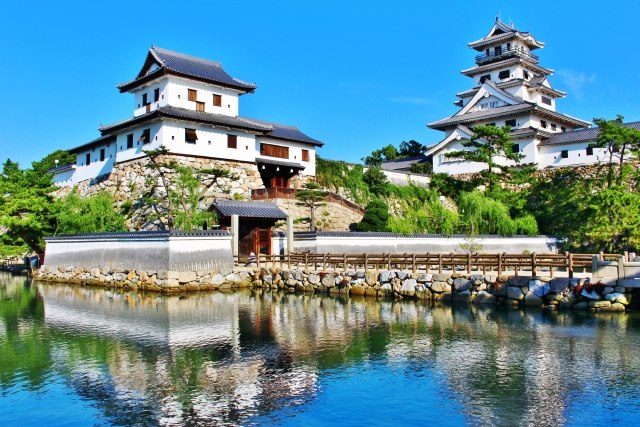
Instagram Worthiness:★★★★★
Photography Opportunity: All seasons
Location Information: ▶Map, Hours, Routes
Transportation Information: 10 minutes by bus from Imabari Station
Omi Island
Called the “Island of Gods” because of its venerable shrine, Omi Island features a sacred tree that is approximately 2,600 years old, creating a solemn atmosphere.
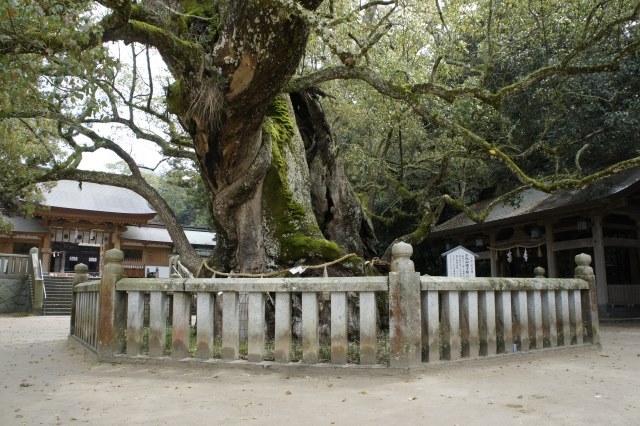
Instagram Worthiness:★★★★★
Photography Opportunity: All seasons
Location Information: ▶Map, Hours, Routes
Transportation Information: 1 hour and 5 minutes by bus from Imabari Station
Hakata Island
Known as the “Salt Island” for its thriving salt industry, Hakata Island boasts about 1,000 Somei Yoshino cherry trees that bloom in spring, offering a breathtaking view of the Seto Inland Sea islands and cherry blossoms.
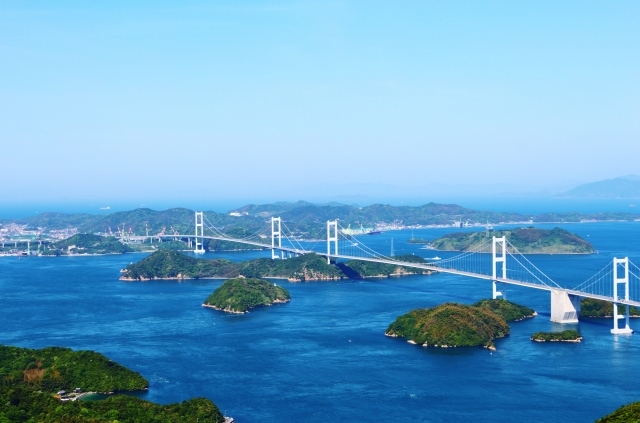
Instagram Worthiness:★★★★★
Photography Opportunity: All seasons
Location Information: ▶Map, Hours, Routes
Transportation Information: 43 minutes by bus from Imabari Station
Uwajima Castle
Built by Todo Takatora between 1596 and 1601, Uwajima Castle sits atop an 80-meter hill in the center of present-day Uwajima City. The castle became the residence of the Date clan for nine generations after Date Hidemune, the eldest son of the prominent Tohoku warlord Date Masamune, moved in in 1615. Although many parts of the castle faced the sea and had moats at the time, they have since been reclaimed.
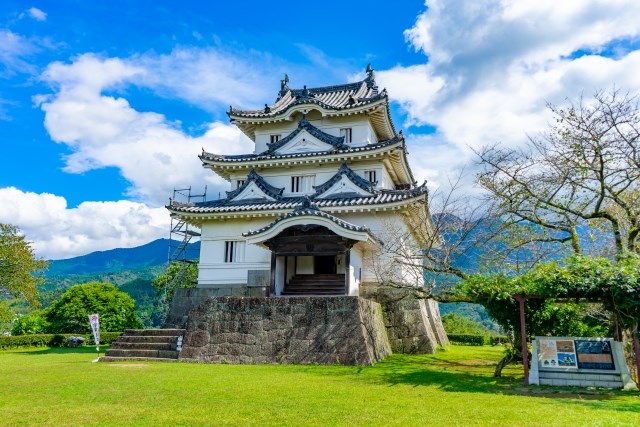
Instagram Worthiness:★★★★★
Photography Opportunity: All seasons
Location Information: ▶Map, Hours, Routes
Transportation Information: 5 minutes by bus from Uwajima Station
Tensha-en Garden
Tensha-en Garden in Uwajima City was created by filling in the sea by the second lord of the Uwajima Domain, Date Munezumi, in 1672. It was completed in 1866 as the residence of the seventh lord, Date Munenari. The garden, with the Onigajo mountain range as a backdrop, reflects the beauty of the deep mountains and valleys and features a distinctive white wisteria trellis.
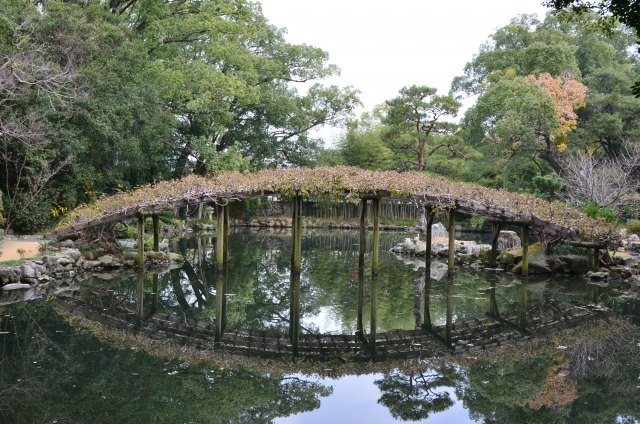
Instagram Worthiness:★★★★★
Photography Opportunity: All seasons
Location Information: ▶Map, Hours, Routes
Transportation Information: 9 minutes by bus from Uwajima Station
Ozu Castle
Ozu Castle was the residence of the Kato family for 13 generations in the Ozu Domain. The current wooden reconstruction of the four-story, 19.15-meter-high keep was based on historical documents and photographs. Situated by the Hijikawa River, the castle was originally built in 1331. Although the keep was dismantled in the Meiji era, it was reconstructed in 2004 based on historical materials. On the third Saturday of each month, the Ozu Domain Gun Corps performs matchlock gun demonstrations.
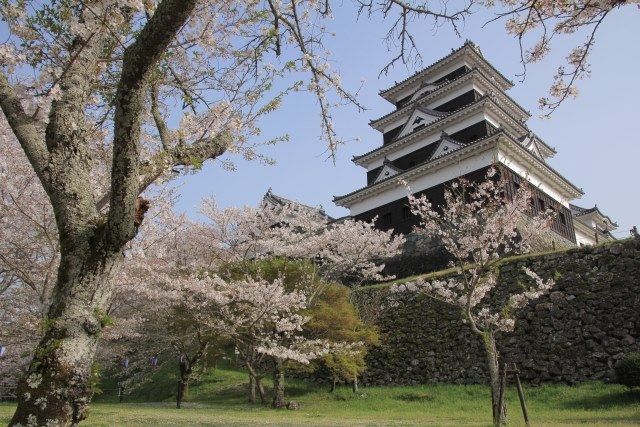
Instagram Worthiness:★★★★★
Photography Opportunity: All seasons
Location Information: ▶Map, Hours, Routes
Transportation Information: 12 minutes by bus from Iyo-Ozu Station
Mine Topia Besshi
The Besshi Copper Mine in the mountains of Niihama City is an industrial heritage site, often referred to as the “Machu Picchu of the East.” This copper mine, established in 1930, operated until its closure, with tunnels extending approximately 700 kilometers and the deepest part reaching 1,000 meters below sea level. The site has been redeveloped as a copper mine theme park, featuring tourist tunnels, gold panning experiences, and industrial heritage sites like the old hydroelectric power plant across a vast 60,000-square-meter area.
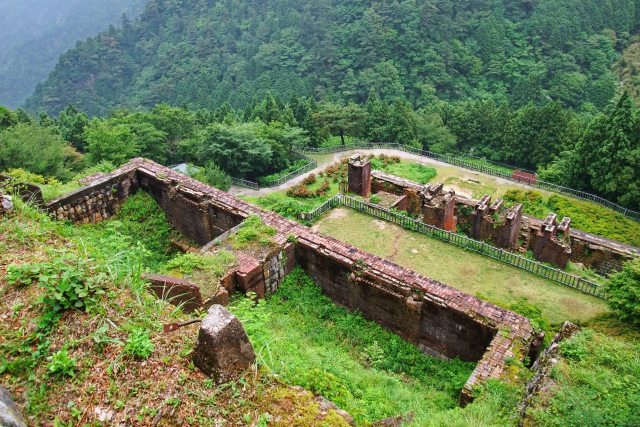
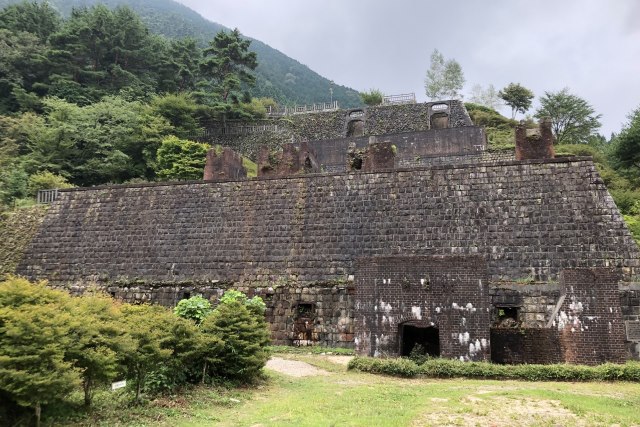
Instagram Worthiness:★★★★★
Photography Opportunity: All seasons
Location Information: ▶Map, Hours, Routes
Transportation Information: 20 minutes by bus from Niihama Station
